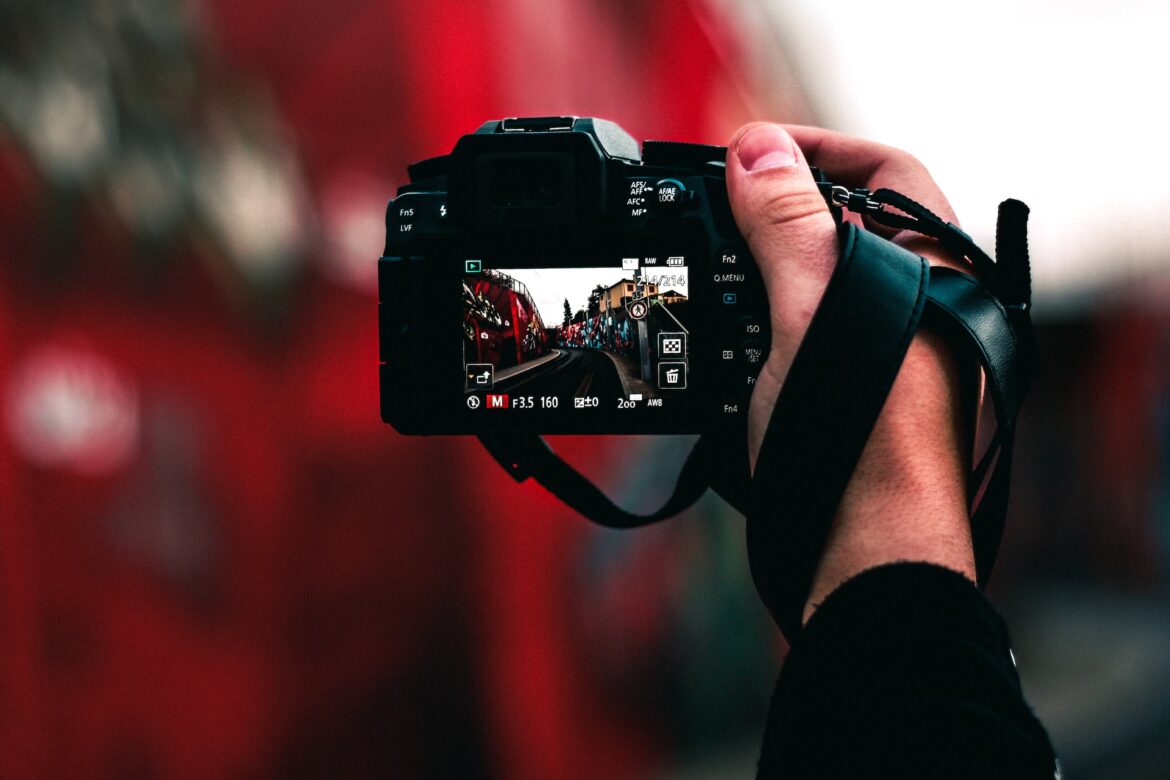Visual Storytelling – A Deep Dive Into the Craft of Narrative Photography
For many content teams, the visual design process happens at the end of the content production. It can result in a disjointed experience for the audience.
Creating a storyboard or mood board may seem time-consuming, but it is an essential part of the planning process when working on narrative photography. It allows you to consciously craft the images and characters that you want to tell your story.
Composition
Composition is a crucial part of any photographic story. How you arrange the subject, the lighting and color used, and how the scene is framed will all impact how your audience receives the narrative. The more coherent these aspects are, the stronger the narrative will be.
For example, using compositional cues like shadowing and brightness can evoke emotions in your audience. Contrast can also help communicate tension or urgency while including or excluding particular objects can reveal critical information.
Visual storytelling can take time to perfect. But a beautiful, compelling narrative will inspire audiences, elicit emotion, and increase engagement. And it’s a great way to deliver thought leadership and support your content strategy.
Lighting
When telling a visual story, lighting is one of the most essential tools. It can communicate emotion, establish character, and set a mood.
For example, if you want your audience to empathize with your protagonist, you might use lighting to indicate they are alone or can’t see what lies ahead. Half-lit hallways and shadowy corners can also create tension by expressing feelings of confinement.
In addition to choosing the best composition for your narrative, paying attention to lighting can help you tell a more compelling story. Take the time to study the work of other photographers like Meg Bitton and learn from their compositional choices. Also, don’t be afraid to try things you’ve never done before. You might surprise yourself with what happens!
Color
Visual cues can add depth and meaning to a story. They can also keep your audience engaged. For example, color can help to communicate character intent. A gleaming gold, a rich burgundy, or a reflective turquoise may convey optimism, depression, excitement, or fear.
In movies and television, filmmakers often use color to show progression, conflict, or transformation. Color can evoke specific emotions, informing how the viewer will relate to the plot and characters.
Creating a mood board or storyboard before starting a narrative project is vital. You can deliberately accentuate or de-emphasize certain parts and include or remove others. It will also help you to create a consistent set of images. Creating a cohesive set of photos will make your narrative more engaging.
Styling
Visual storytelling has educated, engaged, and motivated audiences for millennia. It’s an incredibly effective communication when conveying complicated or complex information that would be difficult for readers to understand.
The use of visual cues in narrative photography adds layers of subtext and meaning to the story. Symbolism, evocative colors, and transitions between images help establish a clear narrative flow that draws users in and keeps them engaged.
One of the best ways to learn about visual storytelling is by studying the work of other photographers. Look for photos that are well-framed and tell a compelling, relatable story. Participating in an online or in-person photographer’s group is also a great idea, allowing you to get feedback on your work and gain new perspectives from other photographers.
Storytelling
Storytelling may take many forms and is a convenient approach to expressing an idea or an emotion. One popular form is through film and television, but it can also be used in other media types, such as photography, infographics, or even data visualization.
Visual storytelling can increase user engagement and help your audience understand complex concepts more quickly. It’s important to use visuals sparingly, however. Overusing them can confuse and overwhelm your audience. Instead, try using interactive visuals that allow you to add icons that can be clicked to reveal more information.
When creating a narrative photo montage, consider what you want your audience to see and what the photo will represent.




